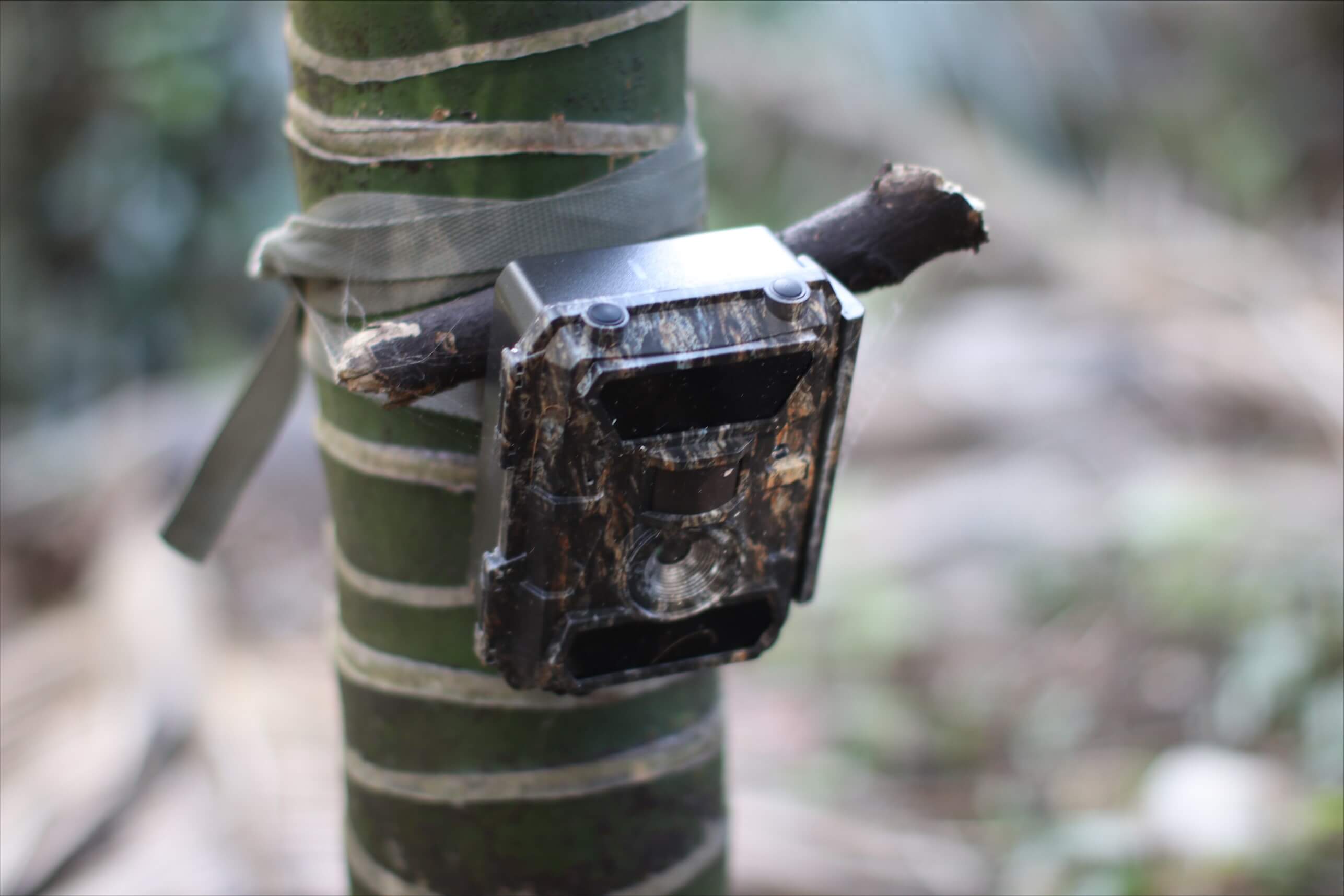Lord Howe’s ongoing rodent detection network is formed by the following detection devices:
Tracking tunnels
Rodents are known for entering tunnels. Tracking tunnels use lures to provide an added attractant. The tunnels are designed to reduce non-target interference, such as by a currawong, rail or woodhen.
A plain card inside the plastic or wooden tunnel contains an ink source so that any animal that walks through it will leave footprints on the card. As a commonly used animal detection device around the world, the tunnels are highly effective at recording rodent footprints with minimum confusion with other species tracks.
To familiarise the rodents and avoid neophobia, the tunnels are put in place (without tracking cards) 6+ weeks prior to planned activation periods.
Bait stations
A network of bait stations have been placed around the settlement as part of the eradication.
The most likely rodent activity that will be recorded in the bait stations will be bait being eaten, shown through tooth marks.
Trail cameras
Trail/remote cameras are widely used to detect various species of wildlife around the world. Limited numbers have been set up around the Island.
When combined with lure, they have been very effective in confirming the presence of rodents with minimum doubt as to species identity. The cameras are particularly helpful when the presence of a rodent is suspected in an area and is used in conjunction with other methods.
Chew blocks and cards
Chew blocks/wax tags are peanut butter flavoured wax blocks with a smooth surface. When an animal bites into one, it leaves incisor tooth marks which can usually be identified to the species based on size.
Chew cards are pieces of corflute cardboard with peanut butter pressed into the holes.
Chew blocks and tags proved very useful for locating rodents during the REP, however issues with non-target interference need to be considered around the site.
Traps
Mice snap traps and DOC150 rat traps are deployed as an additional detection and kill method when active signs or suspected rodent sightings arise.
Traps kill the rodent and provide a body which can be examined for species, age, sex and breeding status.
Traps are set under covers to reduce the risk of non-target kills. The plywood covers have exclusion bars over the main entry to prevent access by birds and other non-target species.

